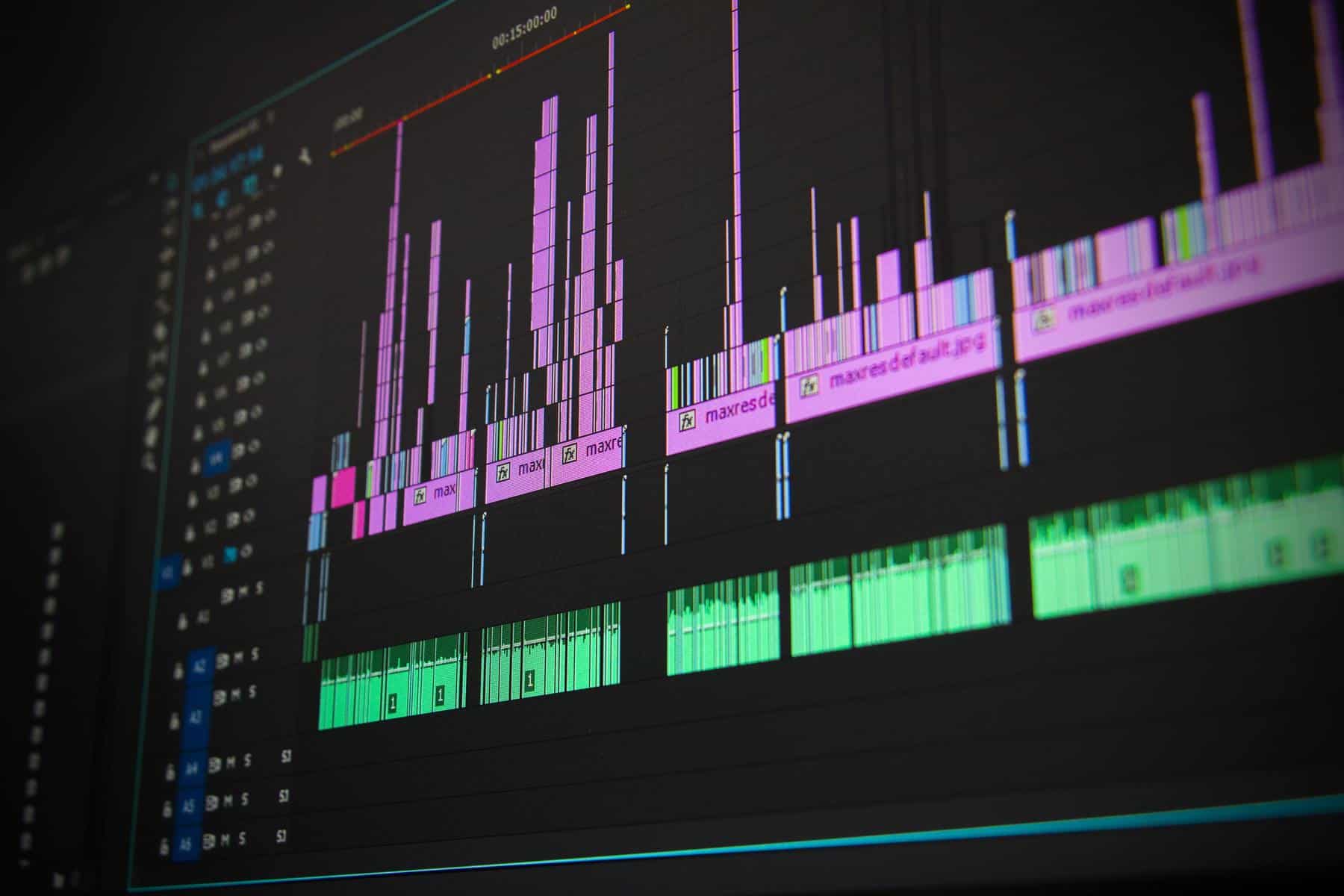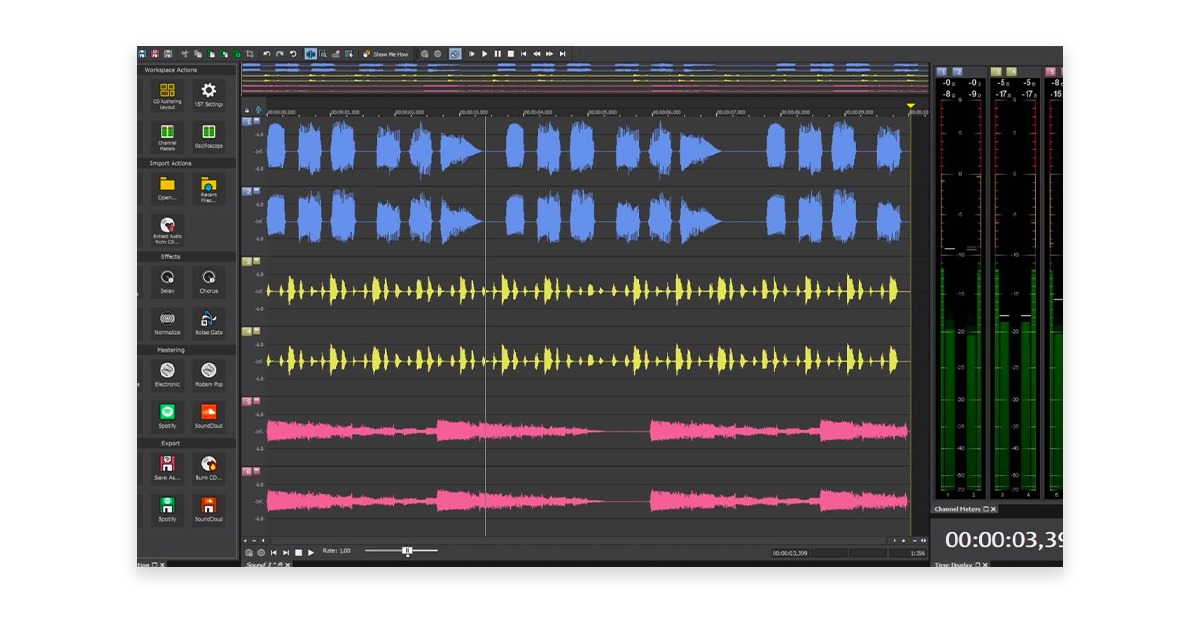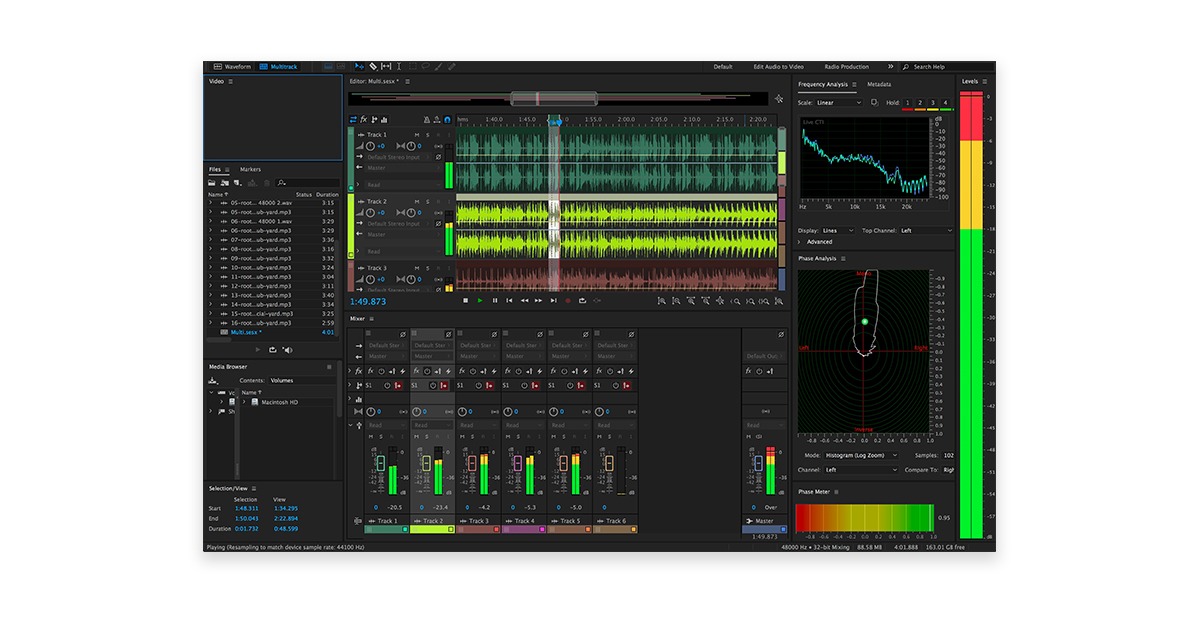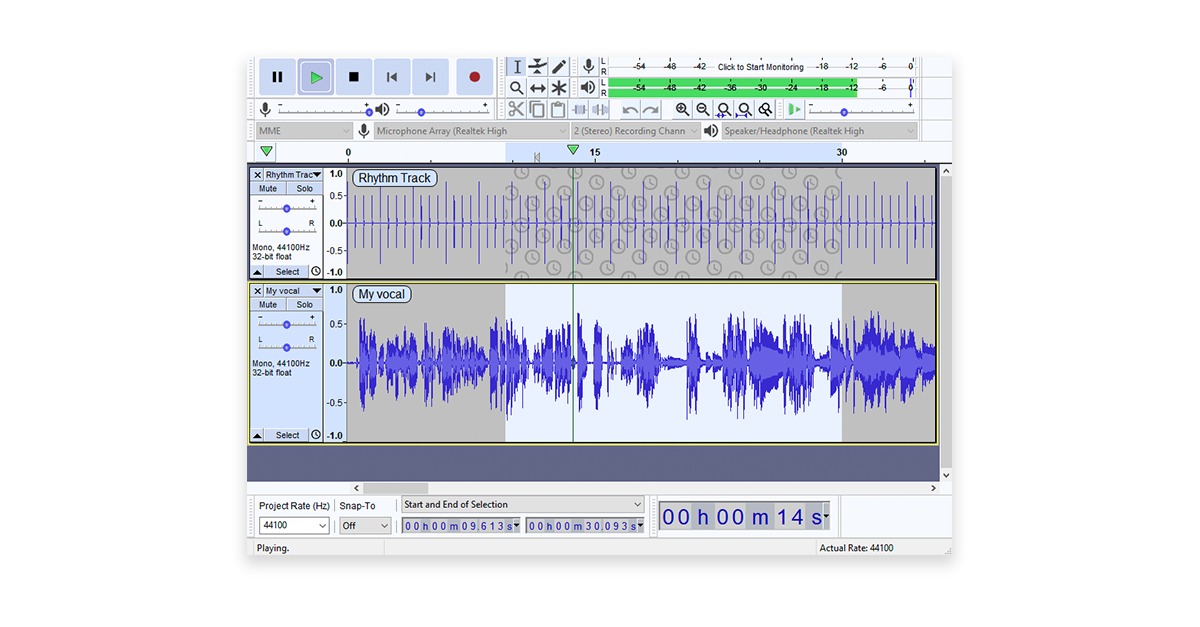Audio editing software is a crucial tool in many creative fields.
It’s not just music producers who depend on these products—podcasters, video editors, sound designers, and even journalists rely on audio editing software to create good-sounding work.
However, which one is best for you? There’s a bunch of different options that are available on the market right. Each one also has its own set of pros and cons.
In this article, we’ll dive into 9 different audio editing platforms and sort out each one’s strengths and weaknesses. They are based mostly on capabilities, budget, and performance.
By the end, I believe you’ll have a good idea of what your needs are and also what audio editing tools work the best for you.
What is audio editing software?
Audio editing software suites give creatives the ability to control audio using a handful of techniques—cutting, time-stretching, pitching shifting, equalization, filtering, and way more.
The centerpiece of any audio editing software platform is the audio editing timeline which clearly layers many waveforms in their entirety across a time period.
An audio editing timeline makes it simple for audio editors to visualize different audio pieces. Then find out what’s happening in a waveform.
These layers are what form a mix and inform audio editors where to make cuts, additions, or changes based on what they need to hear in their production.
Audio editors vs. Digital Audio Workstations (DAWs)
Audio editing software suites and DAWs are very related. However, there are several key differences.
DAWs combine audio editing capabilities with creative tools, they’re wonderful for basic audio editing tasks however they focus more specifically on music creation and include more effects, beat-making software, and MIDI instruments that pure audio editors won’t get.
Audio editing software suites focus specifically on audio editing for all types of applications beyond music including podcasting, video, journalism, and more.
Additionally, they include features you won’t discover in most DAWs.
Generally, these features concentrate on high-precision sample-level audio editing capabilities that can zoom way more closely into waveforms than DAWs can.
Some audio editing platforms also come with restoration tools for diagnosing and fixing damaged audio files.
We’ve sorted that out here are the 9 best audio editing software tools right now.
1. Sound Forge
Sound Forge is the premier audio editing software suite within the professional audio industry.
If you’re looking for a software suite that focuses exclusively on all elements of audio editing, this is the suite for you.
Sound Forge comes packed with many audio editing modes. They range from sample-level timeline editing to nondestructive region marker-based editing in Event Mode.
The suite additionally consists of time-stretching options, synthesis tools for generating waveforms, white and pink noise.
You also get full compatibility with all plugins and the choice to extend the suite with Sound Forge’s audio restoration tools. They help improve the quality of damaged audio.
If you’re getting into professional audio editing and have a big budget, this might be a wonderful choice to think about.
2. Adobe Audition
Adobe Audition is another audio editor that’s a part of Adobe’s Creative Cloud software suite.
This jack-of-all-trades audio editing software has a lot of applications for professional creatives.
It’s optimized for way more than just music production, with settings for podcast and film audio editing.
Audition even comes with a fully-fledged audio restoration software to assist with cleaning up audio with diagnostic tools.
For video and podcast editors, Audition comes with its Remix to Fit tool that helps with sizing a clip to a specific length or keyframe.
Of course, Audition comes with an entire recording interface for capturing, mixing, and editing audio as well.
3. Audacity
Audacity has been around for a long time. It’s a free audio editing suite that’s been utilized by many budding creatives.
For a free audio editor, Audacity comes with lots of great features and is extremely functional. It features a great multi-channel timeline editor, mixing tools, and is compatible with most plugins.
If you’re trying to edit audio on a robust software suite, this can be a great low-budget choice.
Its major downside is that it only works with raw audio. So, if you need to incorporate MIDI editing or MIDI instruments in your workflow, you’ll have to turn elsewhere.




